
Anna Kireieva/Shutterstock.comSpeed to market is essential in the biopharmaceutical industry today.

Cynthia A. Challener, PhD, is a contributing editor to BioPharm International.

Anna Kireieva/Shutterstock.comSpeed to market is essential in the biopharmaceutical industry today.
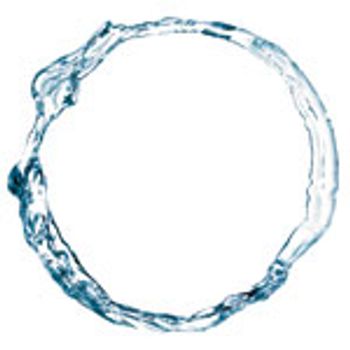
Single-use and single-pass TFF devices are facilitating advances in biopharma manufacturing.
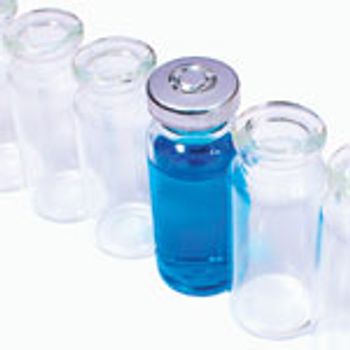
Choosing a suitable material for fill/finish containers begins during the product development stage.

Improved resin chemistries and customized separation solutions are enabling more efficient separations.
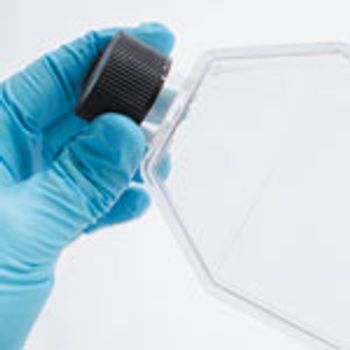
Media manufacturers are focused on reducing risk, improving quality and consistency, and managing costs.
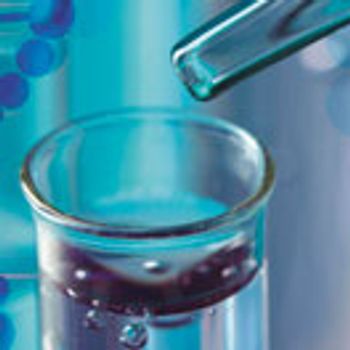
Increased understanding of potential impurities has spurred efforts to standardize monitoring procedures.

The unique structures of fusion proteins lead to expression, heterogeneity, and stability issues.
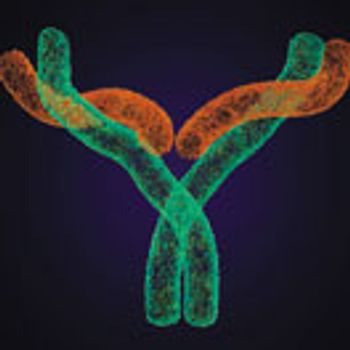
Including next-gen antibodies in pharma pipelines is considered essential for future success.

The decision to use disposable bioreactors is now driven by commercial rather than technological considerations.

Despite limitations, mass spec is having an impact on biologic drug development and manufacturing.

Excipient selection strongly influences lyophilization performance for biologic drugs.

There is much work to do to achieve efficient, cost-effective production processes.
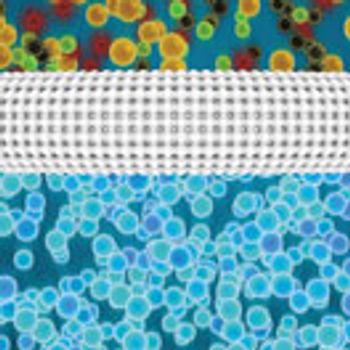
Advances in technology are increasing the productivity and efficiency of commercial-scale chromatography bioprocesses.

Multiparticulates are increasingly used due to their flexibility in providing controlled-release, fixed-dose combinations, ease of taste-masking, and suitability for pediatric applications
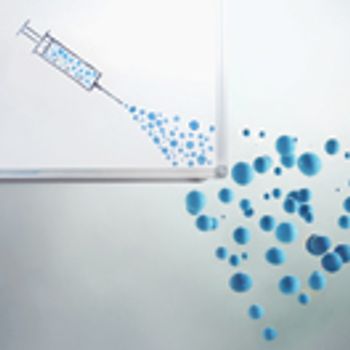
Challenging molecules and markets are driving the development of new solutions for drug delivery.

Model effectiveness is determined by the quality and composition of the data inputs.

Multiple methods are required for detecting and removing protein impurities.
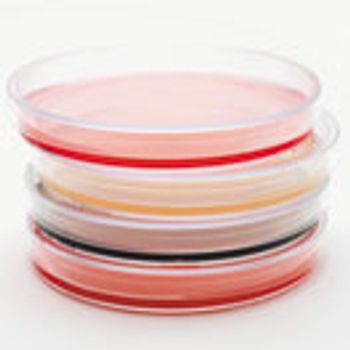
Pressures to accelerate current and next-gen therapies are challenging traditional microbiological testing methods.

Advances in cell line engineering, process optimization, and in-vitro glycosylation are making a difference.
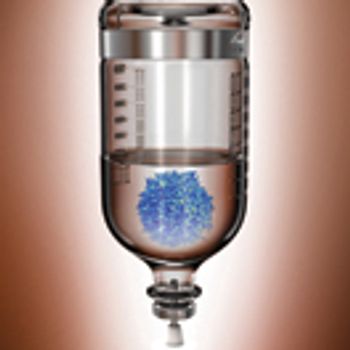
Early successes drive the need to overcome safety issues, increase efficacy, and address manufacturing challenges.

Developers of CAR-T cell therapies with products showing successful early-stage clinical results are currently seeking manufacturing capacity that will enable the production of the larger quantities of material needed for Phase III trials and eventual commercialization.

Two main safety issues have been identified in the early-phase clinical trials conducted to date for chimeric antigen receptor (CAR)-T cell therapies.

Cell therapy companies are attracting interest from investors, and drug companies are seeking partnerships and acquistions to accelerate development.
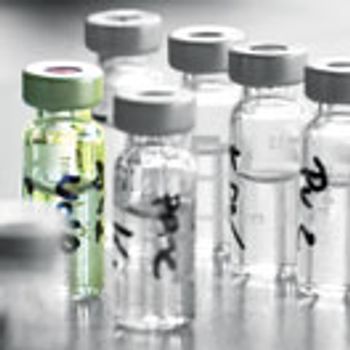
Collaboration and single-use technologies aided the rapid scale-up of Ebola vaccine manufacturing

Collaborative efforts are underway between suppliers and drug manufacturers to address raw material variability.
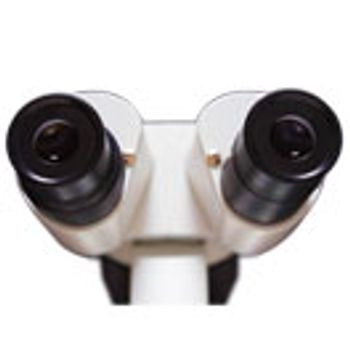
Time and sensitivity are essential for analytical technologies in all phases of biopharma development.

mstay/Getty ImagesBiopharmaceutical manufacturing involves a series of complex unit operations linked together to provide high-purity, biologic actives with specifi
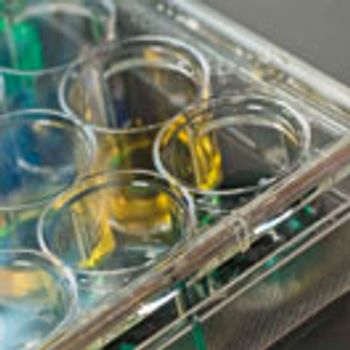
Expectations are high for rapid testing methods, but demonstration of comparability proves challenging.

Whether taking an upstream, downstream or holistic approach, there are many factors to consider when choosing viral clearance methods.

Dynamic light scattering techniques can monitor viruses and virus-like particles in their native state.